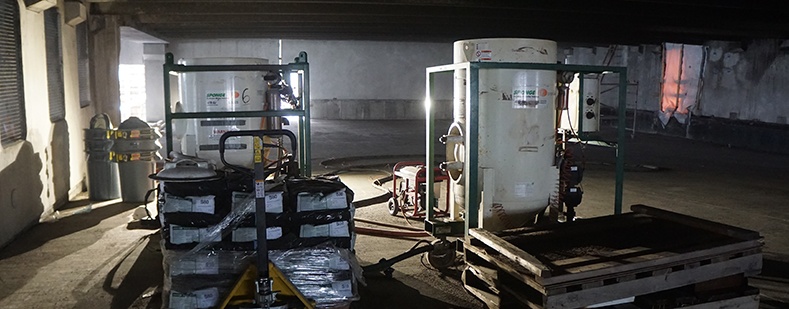Sandblasting (or abrasive blasting as it’s more properly known) was invented in the late 19th century. The simple process of introducing abrasive into a stream of air and propelling it at high velocity onto a surface has grown with the advancement of technology. Equipment can be as basic or as specialized as desired.
Read more >
Sponge Media™ abrasives are currently being used to help the US Military keep their amphibious hovercraft in fighting shape. These vehicles are known for their versatility, facing deployment in different climates all over the world. Naval hovercraft vessels have coatings that must hold up in environments ranging from the arid desert to the freezing arctic. To prevent corrosion from damaging these costly vehicles, surface preparation must be perfect.
Read more >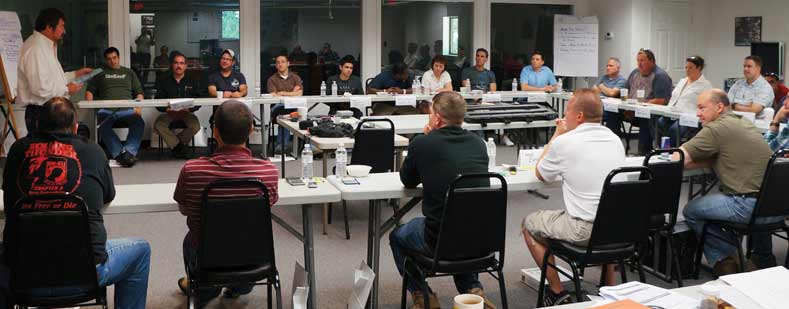
The Sponge-Jet Global Training and Technology center has published its 2018 Third-Party class schedule which features a broad range of accredited classes from leading industrial trade associations like the National Association of Corrosion Engineers (NACE International), The Society for Protective Coatings (SSPC) and committee meetings which include the American Society for Testing and Materials (ASTM).
Read more >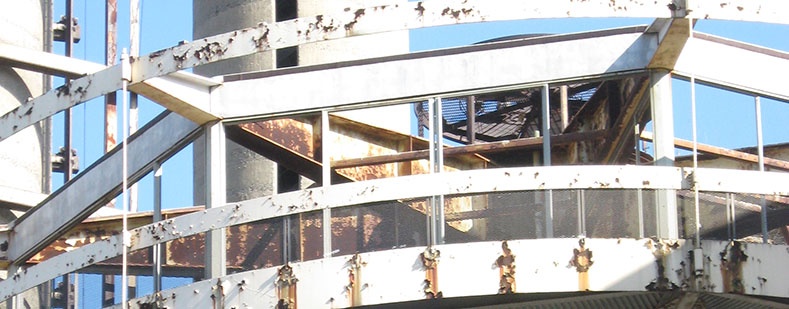
Surface Preparation (or Surface Prep for short) is the process of cleaning and readying surfaces for new coatings. Due to varying attributes and performance characteristics of the many coating types, surface preparation requirements can also be unique from project to project. As a result, it’s very important to always read the coating specification and all coating technical data sheets.
Read more >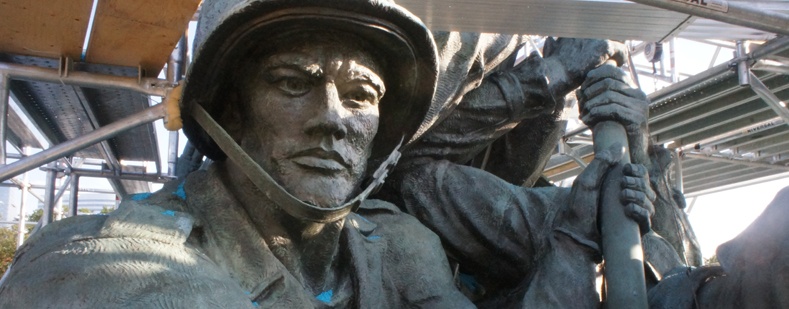
In the late 1940s private funds helped launch the development and construction of the United States Marine Corps War Memorial near Arlington National Cemetery in Washington DC. The iconic flag raising over Iwo Jima was sculpted by Felix de Weldon then cast from plaster into bronze. The giant bronze pieces were assembled on site. In the nearly 70 years since the memorial was constructed, it’s never had a major restoration — until now.
Read more >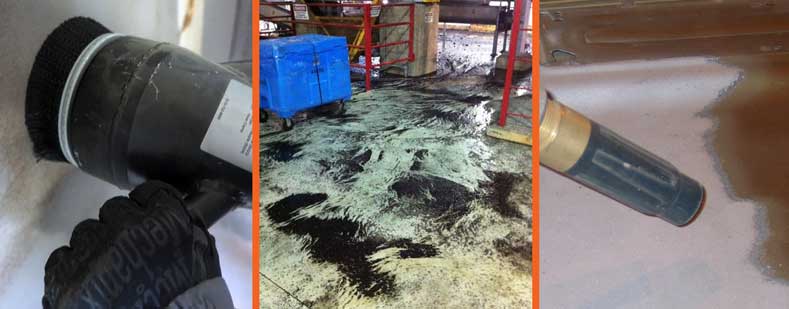
Dust is a notorious side effect of abrasive blasting. Blast nozzles introduce a tremendous amount of air to a small area, whipping small pieces of grit, many hundreds of miles per hour into a surface that may be very dirty. As abrasive media come into contact with a substrate, dust is created as the coating is removed, as the abrasive profiles the substrate, and as the abrasive shatters.
Read more >
In 2017, it was discovered that a major producer of abrasive blasting media had been distributing coal slag contaminated with chrysotile, commonly known as white asbestos. Chrysotile is a known human carcinogen that can be extremely harmful when ingested or inhaled. Asbestos has been found to be a direct contributor to “chronic lung disease as well as lung and other cancers.” OSHA notes, “There is no safe level of asbestos exposure for any type of asbestos fiber.”
Read more >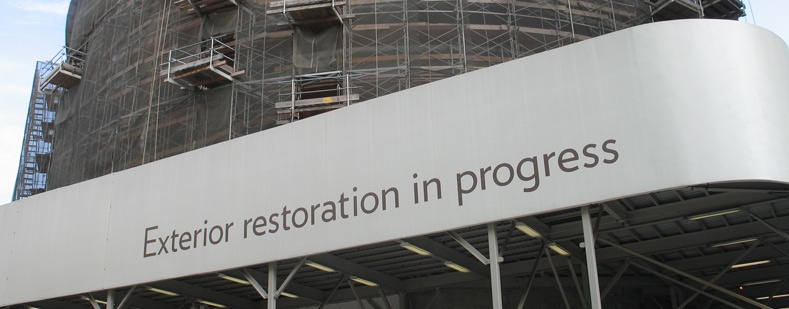
After 50 years of exposure to the elements, the Frank Lloyd Wright-designed Guggenheim Museum on New York City’s 5th Avenue needed help.
The art museum’s exterior concrete rotunda wall, which corkscrews outward as the building gets taller, was beset by hundreds of cracks ranging from hairlines to those that exposed steel reinforcement bars buried in 5-inch-thick (12.7 cm) concrete. And that’s just what Guggenheim’s team of architects, engineers, and restoration experts could see! Who knew what else lie beneath 12 layers of coatings applied over the decades?
Read more >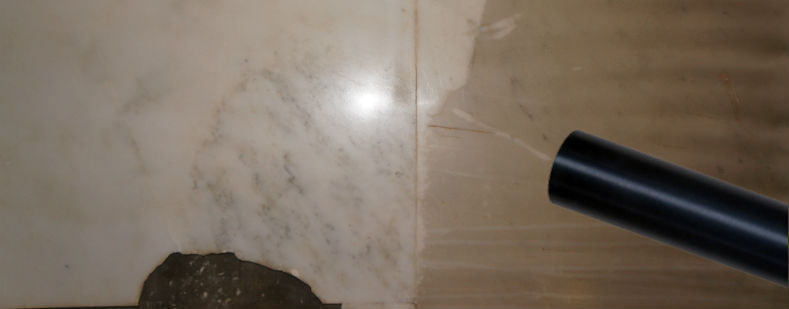
Marble Restoration is a task frequently faced by masonry and historic restoration contractors. Marble has been used in buildings and structures for millennia dating as far back as the ancient Greeks in the 7th century BCE. Marble mining remains a global industry with quarries spanning across six continents. As marble has been used for centuries as a building material, many buildings and structures around the world contain marble that is showing its age with discoloration and staining.
Read more >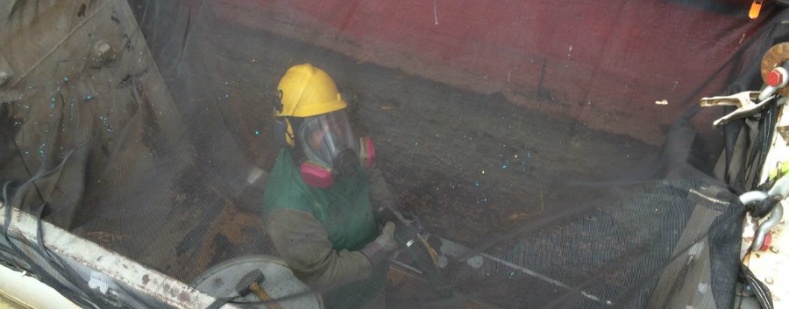
Damage from corrosion is one of the largest threats to the safety and integrity of a ship. Without proper safeguards in the form of coatings, surface preparation, and cathodic protection, ships and boats of all sizes will eventually rust and deteriorate. While materials used to build ships vary, most types of metals corrode, especially in chloride-rich environments like sea water.
Read more >
